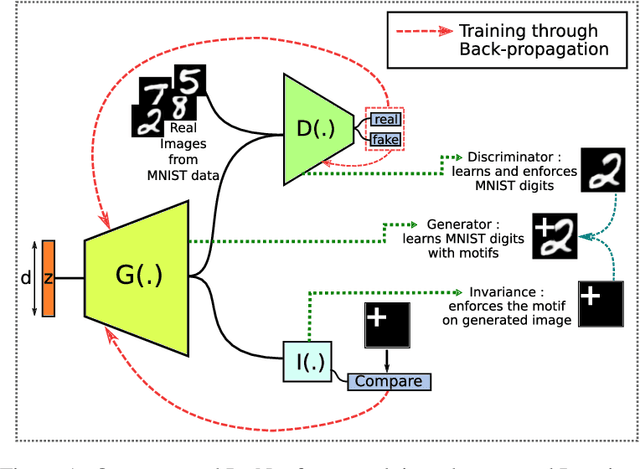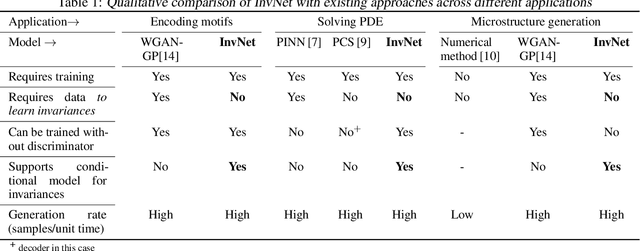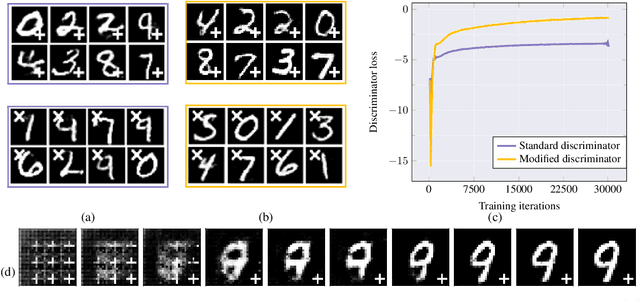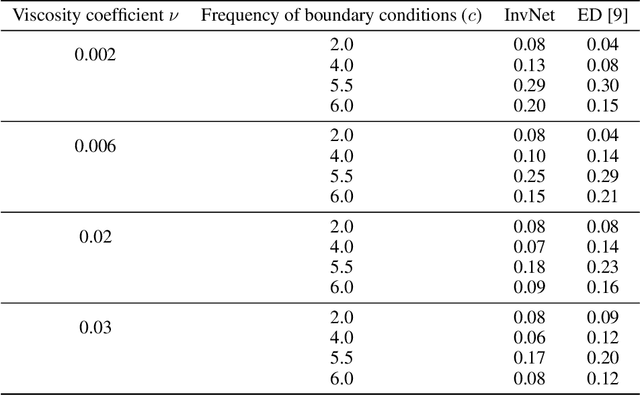Balaji Pokuri
Encoding Invariances in Deep Generative Models
Jun 04, 2019



Abstract:Reliable training of generative adversarial networks (GANs) typically require massive datasets in order to model complicated distributions. However, in several applications, training samples obey invariances that are \textit{a priori} known; for example, in complex physics simulations, the training data obey universal laws encoded as well-defined mathematical equations. In this paper, we propose a new generative modeling approach, InvNet, that can efficiently model data spaces with known invariances. We devise an adversarial training algorithm to encode them into data distribution. We validate our framework in three experimental settings: generating images with fixed motifs; solving nonlinear partial differential equations (PDEs); and reconstructing two-phase microstructures with desired statistical properties. We complement our experiments with several theoretical results.
Physics-aware Deep Generative Models for Creating Synthetic Microstructures
Nov 21, 2018



Abstract:A key problem in computational material science deals with understanding the effect of material distribution (i.e., microstructure) on material performance. The challenge is to synthesize microstructures, given a finite number of microstructure images, and/or some physical invariances that the microstructure exhibits. Conventional approaches are based on stochastic optimization and are computationally intensive. We introduce three generative models for the fast synthesis of binary microstructure images. The first model is a WGAN model that uses a finite number of training images to synthesize new microstructures that weakly satisfy the physical invariances respected by the original data. The second model explicitly enforces known physical invariances by replacing the traditional discriminator in a GAN with an invariance checker. Our third model combines the first two models to reconstruct microstructures that respect both explicit physics invariances as well as implicit constraints learned from the image data. We illustrate these models by reconstructing two-phase microstructures that exhibit coarsening behavior. The trained models also exhibit interesting latent variable interpolation behavior, and the results indicate considerable promise for enforcing user-defined physics constraints during microstructure synthesis.
 Add to Chrome
Add to Chrome Add to Firefox
Add to Firefox Add to Edge
Add to Edge